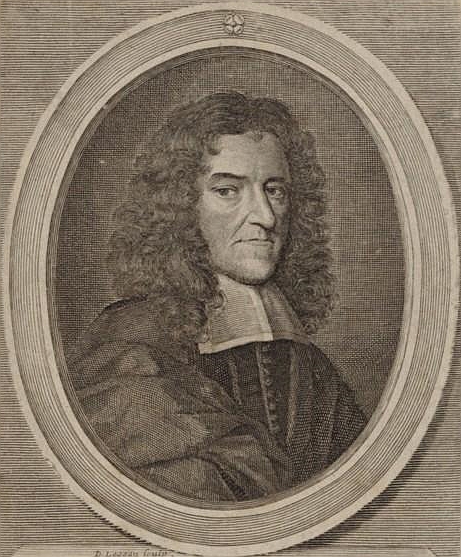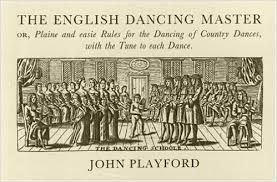 John Playford was a bookseller who held a monopoly on music publishing in England under the Commonwealth (1649–60), and during the reign of Charles II. Samuel Pepys was a valued customer; John Blow and Henry Purcell attended his funeral and Purcell set an elegy on his death to music.
John Playford was a bookseller who held a monopoly on music publishing in England under the Commonwealth (1649–60), and during the reign of Charles II. Samuel Pepys was a valued customer; John Blow and Henry Purcell attended his funeral and Purcell set an elegy on his death to music.
Playford initially operated from a shop in the porch of Temple Church. He published books on music theory, instruction books for several instruments, and psalters.
He was a royalist sympathiser who flirted briefly with the idea of being a war correspondent during the Civil War. It wasn’t a wholly succesful venture; captured by the Roundheads, he was released on condition that he kept out of trouble in future.
He returned to London and resolutely set out to publish the most non-controversial material he could lay his hands on.
The upshot was Playford’s English Dancing Master, first published in 1651. It was unexpectedly and wildly popular. The series eventually ran to eighteen editions of the first volume (1651–1728), four of the second (1710–1728), and two of the third (1719?–1726?). Between them the three volumes eventually encompassed 1,053 unique dances and their music.
The Dancing Master appeared during a period of upheaval and uncertainty; it was a little piece of England, familiar, comforting, and normal, that accompanied immigrants to Canada, America and India.
Although he is now best remembered for his collections of dance tunes he was far more interested in publishing “serious” music than dance books. During the Restoration he doggedly set out to publish masses of church music and other high minded works,
but was reluctantly forced to acknowledge that ‘all solemn musick was much laid aside, being esteemed too heavy and dull for the light heels and brains of this nimble and wanton age.’ He probably wouldn’t be very be surprised, although a little disappointed, by his legacy.
© B Paul

